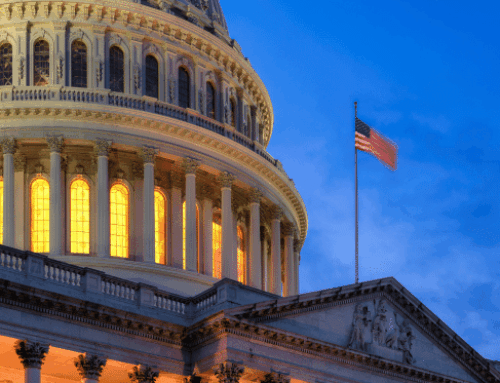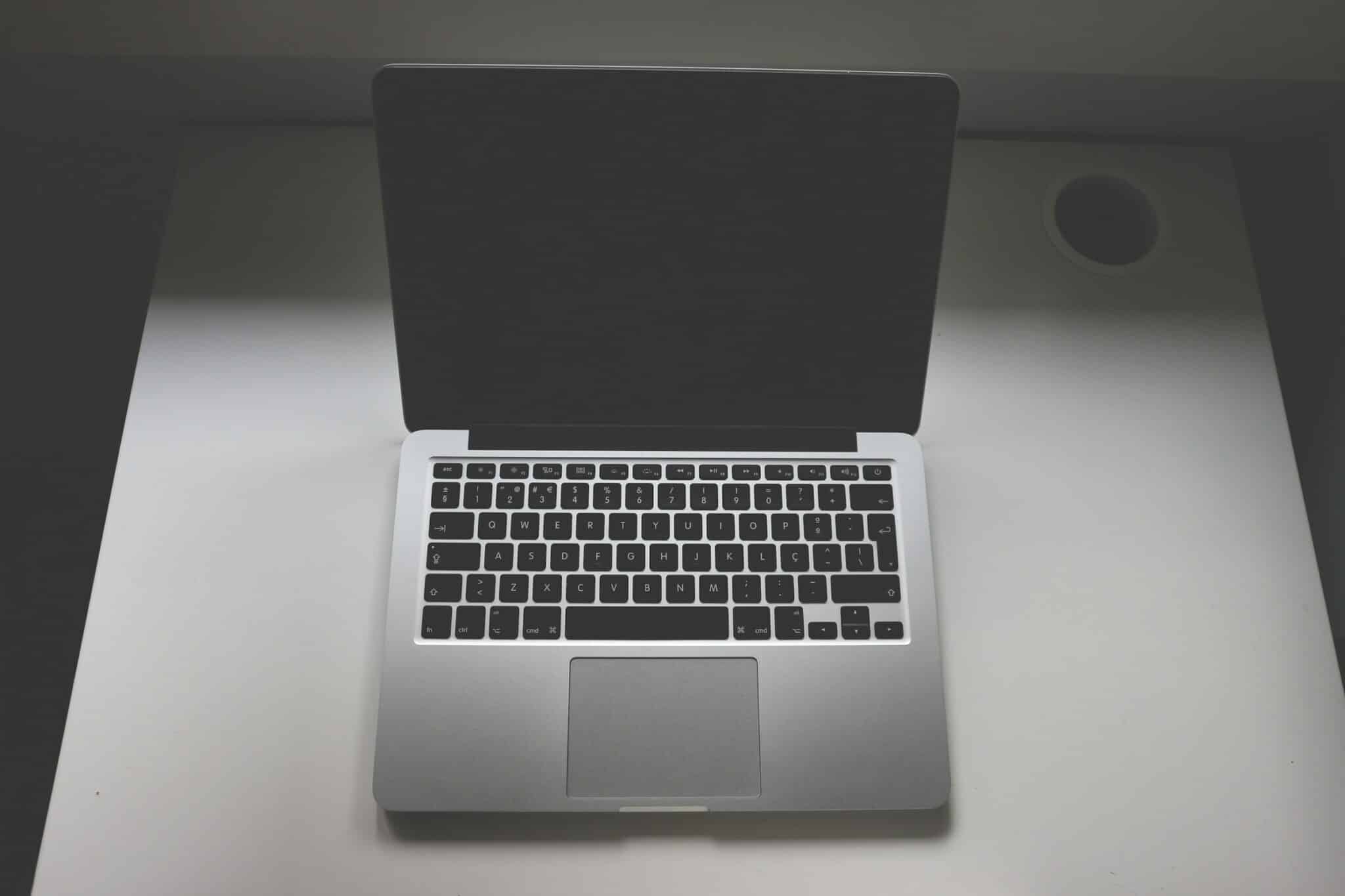Happy Budget Week! Or as we called it, Budget Olympics, in honor of Pyeongchang. We doubled down on the coffee and donuts so we could tackle the President’s Budget Request – which came out Monday morning – with the grit and determination of Mikaela Shiffrin bombing down the slope to grab the gold.
For over two decades we’ve tracked Congress and called out waste and misuse of taxpayer dollars. So we dove right into the President’s Budget Request, which is where an administration states its priorities – written in dollars and cents, increases and decreases in investment, spending, and debts – and backs all of that with the taxpayer’s dollars. You bet we have been going through it with a fine tooth comb. You can find all our coverage on our rolling budget analysis page, but if you’re looking for the short version, look no further.
Where to start, though?
How about the arrival of this budget request on the heels of a brief overnight shutdown? Last week’s nearly 700-page document busts the budget caps by $300 billion at a time when our national debt of $20.5 trillion already exceeds 100 percent of GDP. And yet the budget request that followed on its heels similarly ignores the spending limits and has an expensive wishlist – the border wall, increased defense spending, the perennial attempt to repeal Obamacare.
While the package contains some cuts to various programs, it contemplates adding $2 trillion to the debt in two years. And as anyone with debt can tell you, it’s the interest that gets you. Net interest to service the nation’s debt cost taxpayers $263 billion in 2017. That explodes to $761 billion in 2028, an increase of 189 percent. More than 12 percent of the federal budget will be spent to service the debt in 2028. Net interest will grow from being an amount equivalent to 22 percent of the discretionary budget to roughly 62 percent the size of defense and non-defense spending.
If that doesn’t make your head swim, we found other numbers that just go up and up. The Department of Homeland Security is one of only three federal departments whose funding is significantly increased (the other two being Defense and Veterans Affairs). Meanwhile, not a single program in either the Pentagon’s $597 billion base budget or the $69 billion warfighting budget seems to need even the slightest trim. Then there’s OCO, that Pentagon slush fund which claims a whopping $69 billion of the Pentagon’s total $686 billion, and would be the fourth largest agency, if it were one. And finally, there’s the M-1 Abrams tank, that decades old weapon system that the Pentagon used to want to get rid of, but now are using it as a place to stash extra cash.
It’s a bit like the energy loan guarantee program, which has been killed – again. No really, again. The administration called for an end to it last year, but then they changed their minds with last summer’s loan guarantee to bail out the nuclear boondoggle that is the Vogtle Project, and then again this week. The “Department of Energy is talking out both sides of its mouth.” At least we had those numbers. We are still missing details in the DOE’s budget justification. It’s only been a week.
There’s a litany of waste, inefficiency, and questionable spending – Regional Development Commissions – cut in last year’s budget, fully funded this year; a request of more than $6.5 billion for various flavors of “border security,” And there are howlers – like $867 million to “modernize” the already modern F-22 Raptor. That’s a pretty expensive nose job.
But we’re not total pessimists. It’s somewhat necessary to have the optimism and fortitude of the American Biathlon Team to be in the watchdogging business. And we’re finding things to be hopeful about. Common sense savings in crop insurance, biofuels and biomass on the chopping block – where they belong, an axe to the Mixed Oxide Fuel Fabrication Facility, a budget request of zeroes for the Small Modular Reactor Licensing Technical Support program – which we have long said should end, and more.
We’re not done looking at the budget. It’s a weighty document with some big numbers that will take more than a week and a double order of caffeine. But we’re up for it, and we’ll have more analysis next week. In the meantime, take a look and what we have so far. And in case you’re looking for a refresher, at the top is an introduction to the FY19 Presidential Budget, and the actual budget process explained. The better to appreciate how broken our current appropriations system is, and why we’re not giving up the green eyeshades, ever.
Who knows what other howlers of waste lie in the budget, waiting to be called out?










